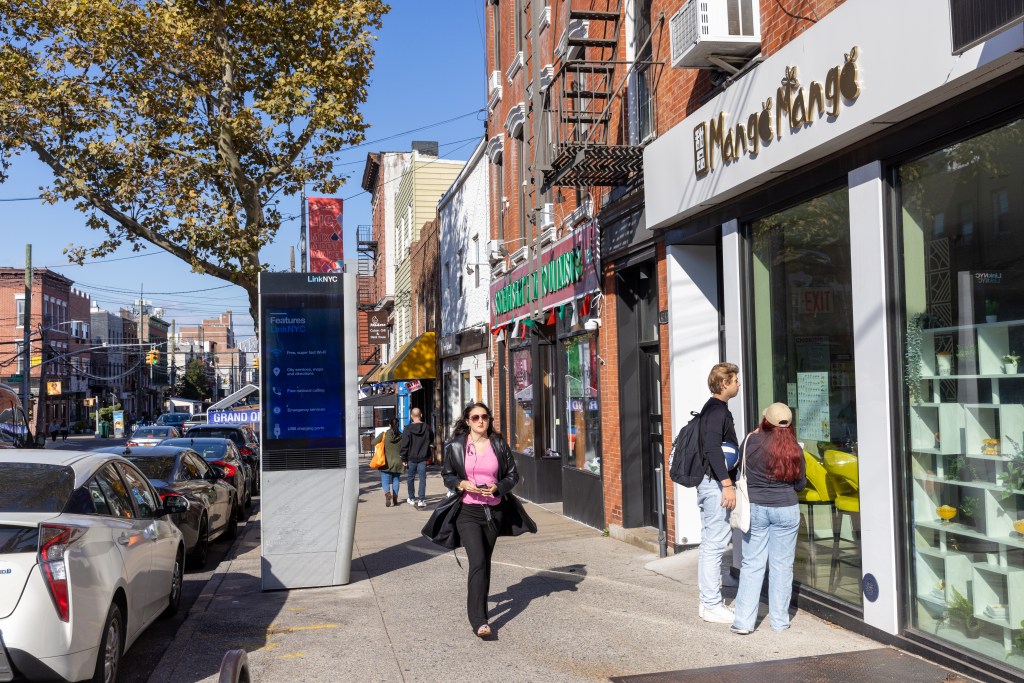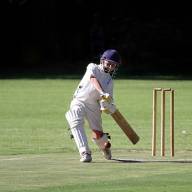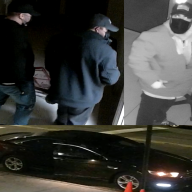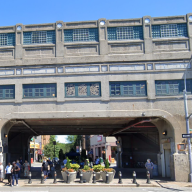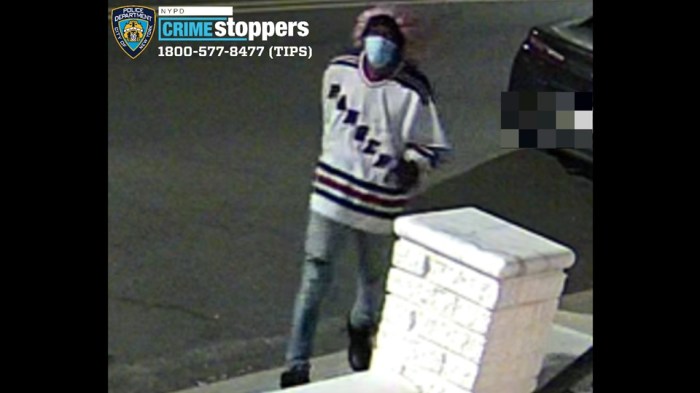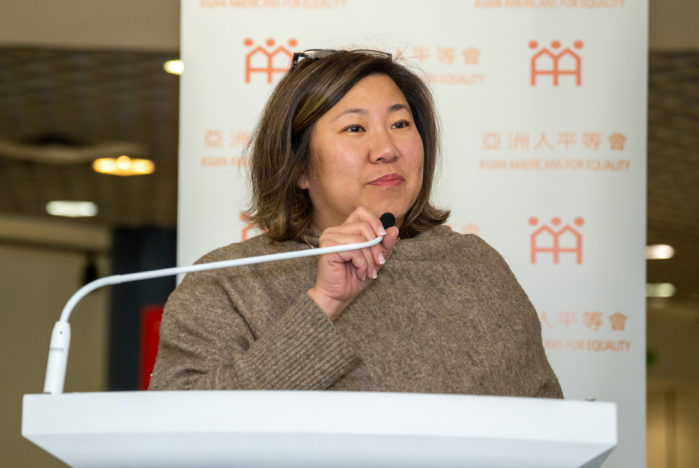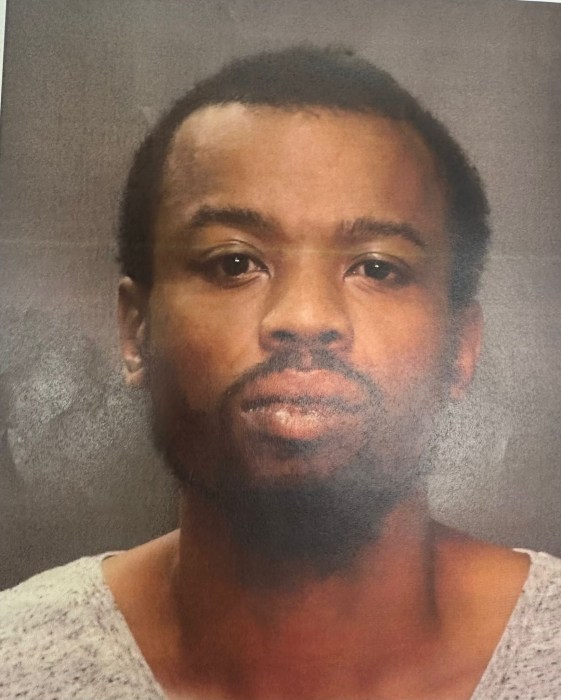by Tara George
When the defense attorneys in the Sean Bell case made an almost identical request last month to move the trial out of Queens, they tried to argue that the circumstances surrounding their case were also exceptional and also required the same “extraordinary remedy.” They were not so lucky. A similar panel of judges decided, without comment, that the case should stay put.The judges were right to do so. For while there was indeed considerable public outrage when Bell was killed as he left a strip club with his friends on the eve of his wedding in November 2006, the clamor never rose to the levels seen after Diallo was shot by four police officers as he stood in the vestibule of his Bronx home on Feb. 4, 1999.The aftermath of that shooting eight years ago marked an unusual moment of public anger in New York City. More than a thousand people were arrested in a two-week period in demonstrations outside police headquarters. Among them were the actress Susan Sarandon, former Mayor David Dinkins and Congressman Charles Rangel. When the defendants, Officers Kenneth Boss, Sean Carroll, Edward McMellon and Richard Murphy, arrived for a pre-trial hearing at the Bronx County Courthouse before the case was moved, the din from protesters was so loud the judge had to ask the lawyers to raise their voices. The four men must have felt the whole city was against them.Thousands of people who had no real connection to the Diallo case took to the streets to vent their fury at what they perceived was police brutality and the insensitivity of then Ð Mayor Rudolph Giuliani. Much has been made of the similarities between the Diallo and Bell shootings: In both incidents the victim was an unarmed black man, the shooters were plainclothes police officers and a large number of shots were fired by the cops, 41 in the case of Diallo and 50 in the case of Bell. In both cases, there was saturation coverage in the media and anti-police protests on the streets. Even some of the characters involved are the same: Rev. Al Sharpton on the arm of the grieving family members, while Jim Culleton, a lawyer for one of the Diallo cops, is defending Detective Michael Oliver.Indeed, the lawyers for Detectives Oliver, Gescard Isnora and Marc Cooper sought to make the Bell case seem like a repeat of Diallo when they filed their motion to remove the case from New York City, even using some language from the judges' decision in Diallo when they talked of the “drumbeat” of prejudicial publicity.But the similarities between the two cases would not have been central to the decision of the Appellate Court judges. Their task was to gauge the scale of public prejudice against the three officers facing trial in Queens. They had to ascertain if this prejudice was so widespread and so deeply felt that any potential jurors would have already made up their minds against the cops and, perhaps more importantly, would feel pressured to convict them. It was the “scale and intensity of the public clamor” in the Diallo case that the judges cited as the most compelling reason to move the case to Albany. Any prospective jurors on that case, they concluded, would have to be asked if they could “resist a public cry for conviction, and specifically, whether they could face their friends and neighbors in the event of an acquittal.”It is undeniable that the move north successfully dampened the tensions surrounding the case. Rev. Sharpton mobilized what he called “Amadou's Army.” And his supporters did arrive in buses from New York, their numbers swelling at pivotal moments such as opening arguments and the verdict. But their presence was not felt in the courtroom itself, and the trip into the frigid Albany winter took the edge off their numbers and their rage.While the four defendants must obviously have felt they had a fair trial Ð they were acquitted of all counts Ð there were two clear costs to the move. Firstly, removing the trial from the Bronx was seen as a slap in the face to borough residents, that no fair-minded citizens could be found among them. It also made Diallo's parents feel their son, the victim, had not been given a fair shake, that the judges had stacked the decks against justice for him.By deciding that the Bell case is not so “rare” as to require the “extraordinary remedy” of removal from Queens, the Appellate Court judges may not have calmed the police officers' fears over whether they could get a fair trial by jury Ð and the cops have all opted for a bench trial as a result. But the judges have shown faith that the system in Queens can handle such a high-profile case and given Sean Bell's family a chance to feel that they have a fair shot at getting justice for him.Tara George, an assistant professor of journalism at SUNY-Purchase, covered the Amadou Diallo trial for the New York Daily News.




